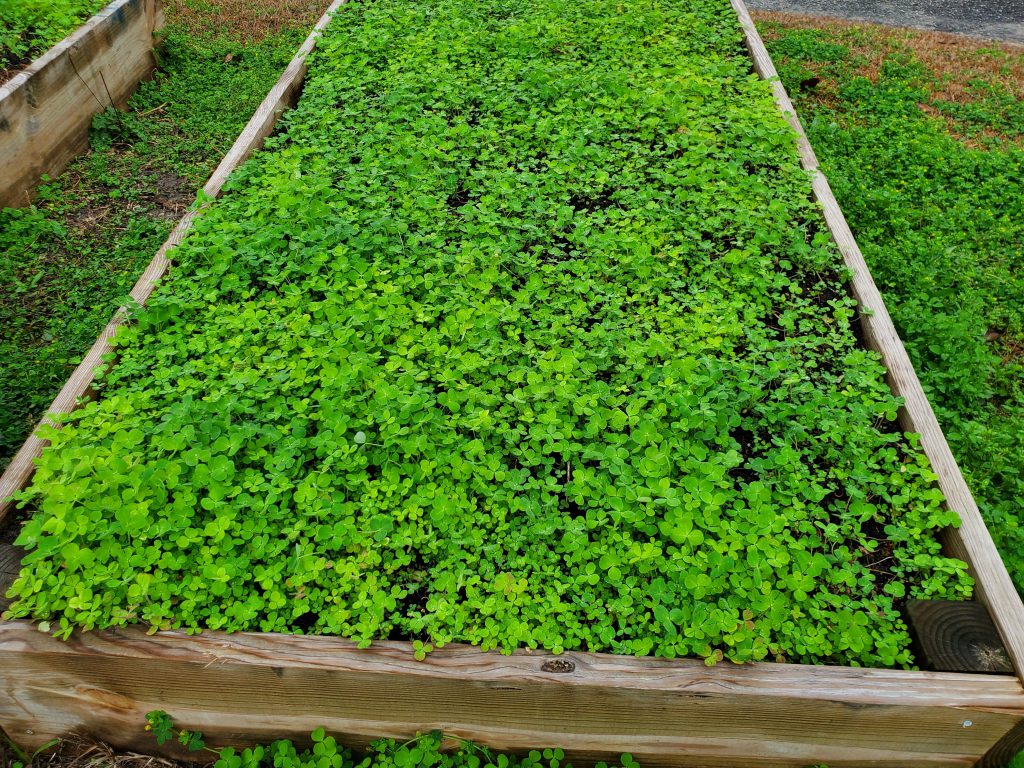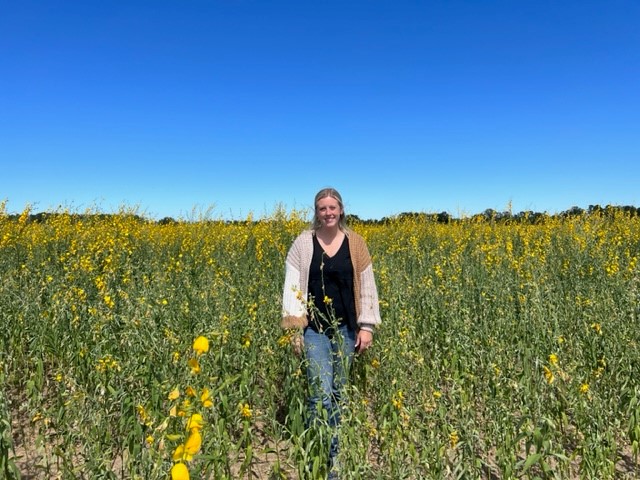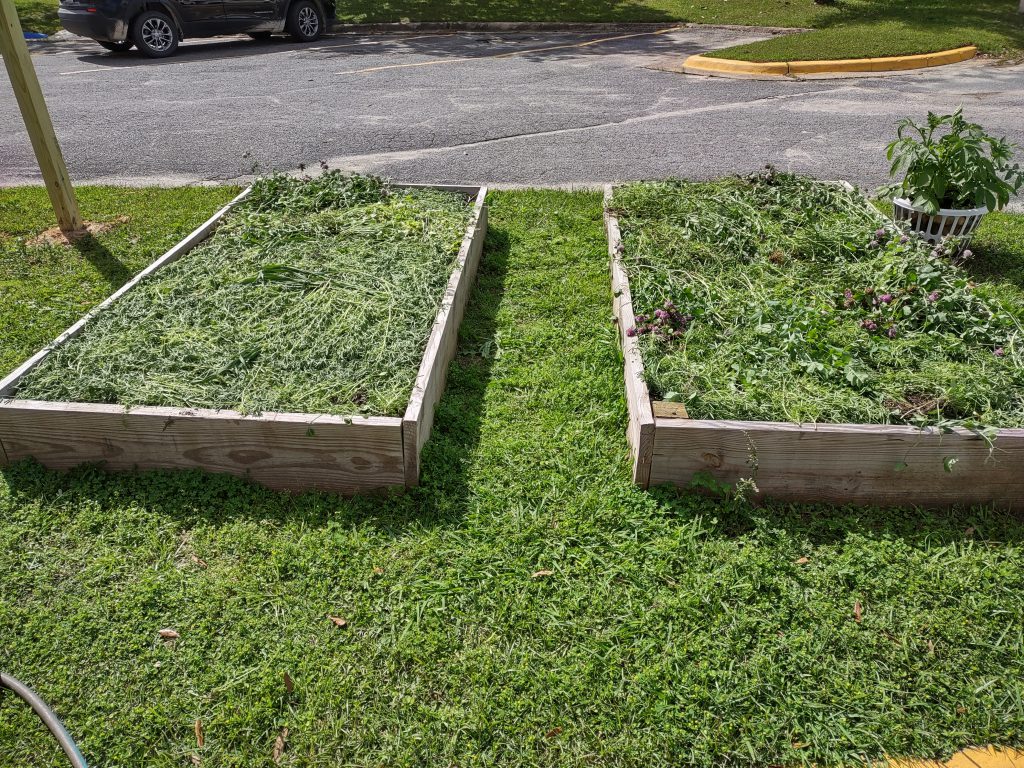If you ever drive in the country during the cooler months, you may notice wheat and oats planted out in the fields. They seem to be “covering” the farmland. Well, that is exactly what they are; they are a cover crop! But, did you know, that cover crops can also be implemented in your garden? You may be asking yourself, “What is a cover crop?” “How can I use that in my garden?” and “How does it benefit me?.” Today we are going to answer these questions.
What is a cover crop? A cover crop is a commodity that is planted when fall or summer gardening has ended to “cover” the area that was previously planted. It is planted in between planting seasons, so you would plant a cover crop in the winter between fall and spring crops. Cover crops are a mechanism to help improve the soil quality of your gardening area over time when it is not being used. The technique of implementing cover crops has been around for over 2,500 years. It is suggested that the Greeks and Romans used cover crop methods. So, if the wheel isn’t broke, don’t fix it!
If you decide to use cover crops in your off season, there are things to consider: your growing season, what will improve the nitrogen fixation for your next season, the contribution the cover crop will give to your organic matter building in the soil, and how it will improve your soil health to increase future yields.

Cover crops can help prevent soil from eroding during the off season. The roots of your cover crop will allow the soil to remain in place and add back organic matter over time. These crops are one of the best options to help improve your soil health of your garden, food plot, raised bed, etc. Like anything else, there are benefits and challenges. Benefits include weed control, soil erosion prevention, improving soil health/recycling of soil nutrients, and potential pollinator habitats. Challenges that cover crops can create are that they can become excessively woody and tall so they become hard to manage and if not timed correctly, your next season’s planting schedule can also be obscured. An example of a taller woody maturing crop would be sunn hemp. Shorter nonwoody options include clovers, vetch, and several types of grasses.
There are many different types of cover crops. Some examples include: winter wheat, red clover, annual rye grass, vetch, English peas, and sunn hemp. These all have characteristics in common: they are weed suppressors, they prevent erosion, a few are strong sources of nitrogen, they build soil matter, and a few even attract pollinators.

When planting your cover crop, be sure that there are no remaining plants from your previous plantings still in your growing area. Clear the area of weeds and any flowers, fruit, or vegetables. The soil will need to be level and as you plant your seed for the cover, broadcast the seed in a back-and-forth motion to ensure even planting. Cover the seeds with a thin layer of topsoil.
The next question you may have, “When do I remove my cover crop to plant my next season?” Cover crops should be terminated when they reach their flowering stage or when they appear to begin producing seed heads. When a cover crop flowers, then it has a reached the point that it has contributed the most it can of the biomass and nutrients to your soil. If they are not terminated before the seed formation stage, then they could become a weed or what is deemed to be a plant out of place in your next crop season. We terminate by mowing or crimping down the crops to where it is flush with soil. The cover crop remains can be left on the soil surface to decompose as mulch. Leaving the cover crop on the top of the soil is considered a no till method. A rule of thumb is to time your cover crop seeding so that you can terminate the crop 3 months prior to planting your next crop.

For more information, please visit:
https://edis.ifas.ufl.edu/publication/AG277
https://edis.ifas.ufl.edu/publication/vh037
- Deck the Halls: Repurposing Yard-Waste for Holiday Decor - November 20, 2025
- Autumn Spotlight: The Mum - October 17, 2025
- Nature’s Recycling: The Art of Composting - September 4, 2025
